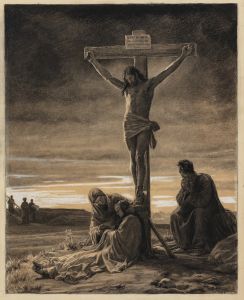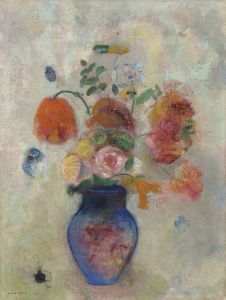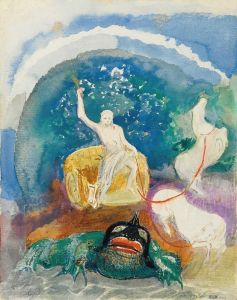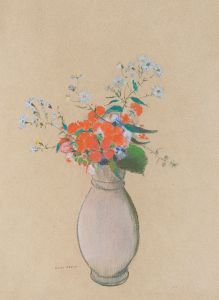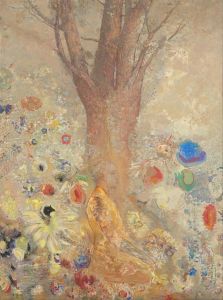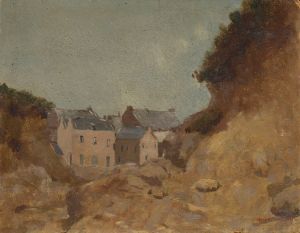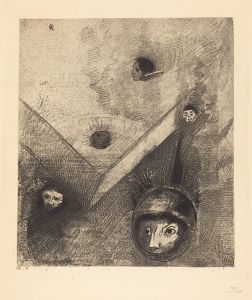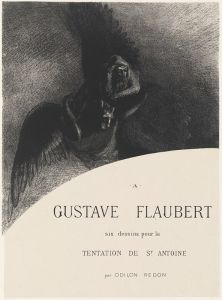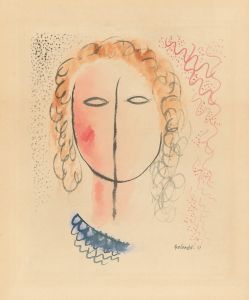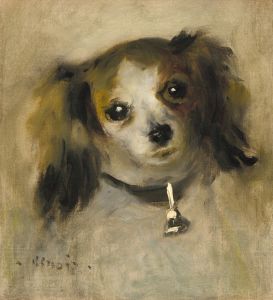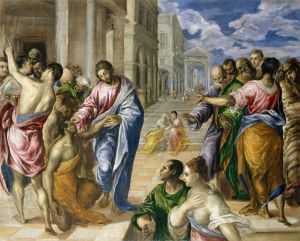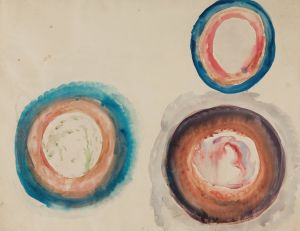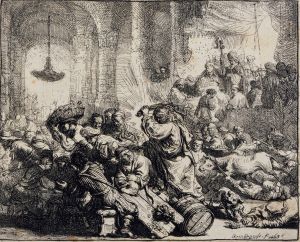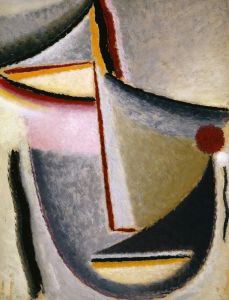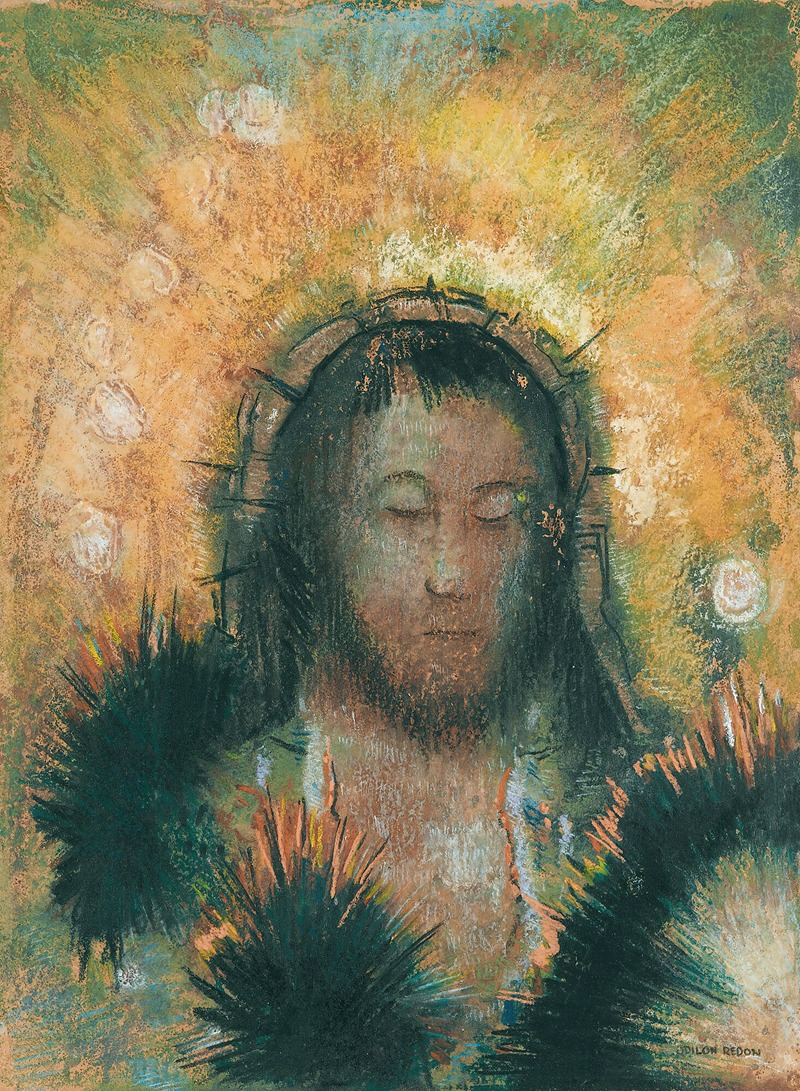
Tête De Christ
A hand-painted replica of Odilon Redon’s masterpiece Tête De Christ, meticulously crafted by professional artists to capture the true essence of the original. Each piece is created with museum-quality canvas and rare mineral pigments, carefully painted by experienced artists with delicate brushstrokes and rich, layered colors to perfectly recreate the texture of the original artwork. Unlike machine-printed reproductions, this hand-painted version brings the painting to life, infused with the artist’s emotions and skill in every stroke. Whether for personal collection or home decoration, it instantly elevates the artistic atmosphere of any space.
Odilon Redon, a prominent French symbolist painter, created "Tête de Christ" (Head of Christ) as part of his exploration into religious and mystical themes. Redon, born in 1840 in Bordeaux, France, was known for his unique approach to art, which often combined elements of fantasy and spirituality. His works frequently depicted dreamlike scenes and figures, and he was particularly interested in exploring the boundaries between reality and imagination.
"Tête de Christ" is one of Redon's many works that reflect his fascination with religious iconography. The painting is notable for its ethereal quality, a characteristic feature of Redon's style. He often used soft, muted colors and delicate brushwork to create a sense of otherworldliness. In "Tête de Christ," Redon employs these techniques to evoke a sense of reverence and introspection. The image of Christ is rendered with a gentle, almost ghostly presence, inviting viewers to contemplate the spiritual significance of the figure.
Redon's interest in religious subjects was influenced by his personal beliefs and the broader cultural context of his time. The late 19th and early 20th centuries were periods of significant change and uncertainty, and many artists, including Redon, turned to spiritual and mystical themes as a way to explore deeper existential questions. Redon's work often reflects a synthesis of various influences, including literature, philosophy, and the burgeoning field of psychology.
In "Tête de Christ," Redon captures the dual nature of Christ as both human and divine. The painting's composition emphasizes the face of Christ, with a focus on the eyes, which seem to convey a sense of compassion and understanding. This portrayal aligns with Redon's broader artistic goals of evoking emotion and encouraging introspection in the viewer.
Redon's technique in this work, as in many of his other pieces, involves a careful balance of light and shadow. He was known for his mastery of chiaroscuro, a technique that uses contrasts between light and dark to create a sense of depth and volume. In "Tête de Christ," this technique is used to highlight the contours of Christ's face, adding to the painting's sense of mystery and depth.
While "Tête de Christ" is a relatively straightforward depiction of a religious figure, it is imbued with the symbolic and dreamlike qualities that characterize much of Redon's oeuvre. The painting invites viewers to engage with it on a spiritual level, reflecting Redon's belief in the power of art to transcend the material world and connect with the divine.
Odilon Redon's work, including "Tête de Christ," has had a lasting impact on the art world. His unique approach to symbolism and his ability to convey complex emotions through simple yet powerful imagery have influenced generations of artists. Today, Redon is celebrated as a pioneer of modern art, and his works continue to be studied and admired for their innovative use of color, form, and symbolism.





